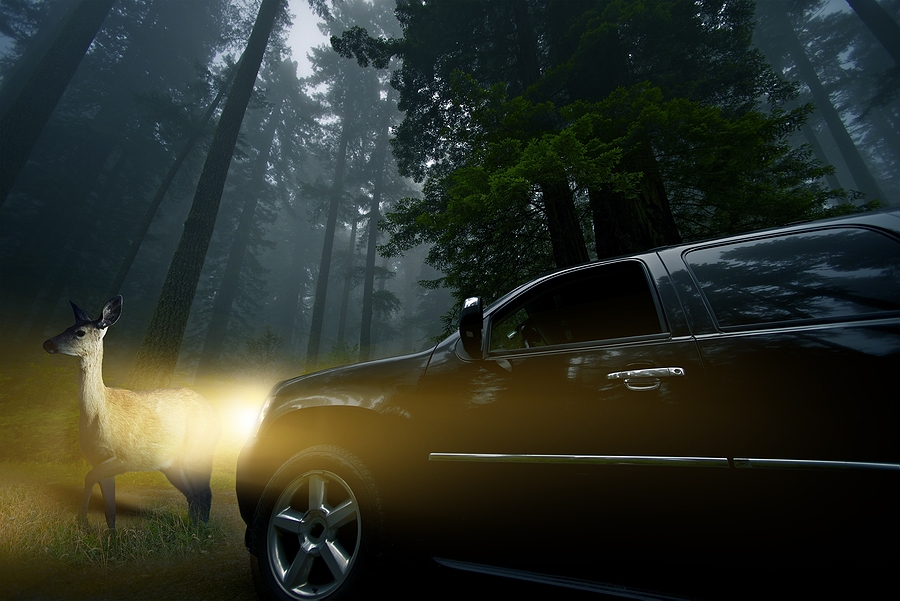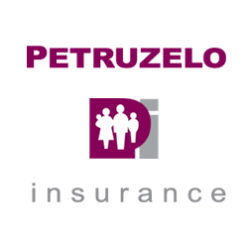
Connecticut’s picturesque landscapes and winding roads make it a haven for nature enthusiasts and road trip lovers alike. However, the state’s abundance of wildlife, particularly deer, poses a unique challenge for drivers, especially in certain seasons. Collisions with deer can result in serious damage to vehicles, injuries, and even fatalities.
Here are some effective strategies to minimize the risk of deer collisions on Connecticut roadways.
Understanding the Risk
Connecticut consistently ranks among the states with a high prevalence of deer-related collisions. Factors such as expanding urban development encroaching on deer habitats and increasing deer populations contribute to this heightened risk. To navigate Connecticut’s roadways safely, it’s crucial for drivers to be aware of the potential danger and adopt preventive measures.
Stay Vigilant, Especially at Dawn and Dusk
Deer are most active during dawn and dusk, making these times particularly risky for drivers. Reduced visibility during these low-light conditions amplifies the likelihood of collisions. To mitigate this risk, exercise extra caution when driving during these hours. Utilize your vehicle’s headlights effectively, and be prepared to react quickly to sudden movements on or near the road.
Know Deer Habitats and Crossing Zones
Understanding where deer are likely to be found can significantly reduce your risk of a collision. Pay attention to signs indicating deer-crossing zones, and adjust your speed accordingly. Rural areas, wooded regions, and near water sources are common habitats for deer. When approaching these areas, maintain a heightened state of awareness and be ready to react to potential deer crossings.
Utilize High Beams When Appropriate
High beams can significantly improve visibility at night, increasing your chances of spotting deer from a distance. However, it’s essential to use high beams judiciously, especially when there is oncoming traffic. Be considerate of other drivers and switch to low beams when necessary.
Avoid Swerving—Brake Instead
In the unfortunate event that a collision seems imminent, resist the urge to swerve abruptly. Swerving can lead to more severe accidents, including rollovers and collisions with oncoming traffic. Instead, firmly apply your brakes and attempt to slow down as much as possible. This approach minimizes the impact force and reduces the likelihood of more extensive damage.
Install Deer Whistles on Your Vehicle
Deer whistles are small devices that emit a high-frequency sound that is not audible to humans but can alert nearby wildlife, including deer. While their effectiveness is debated, some drivers swear by them as an additional safety measure. Consider installing deer whistles on your vehicle, especially if you frequently drive in areas with high deer populations.
